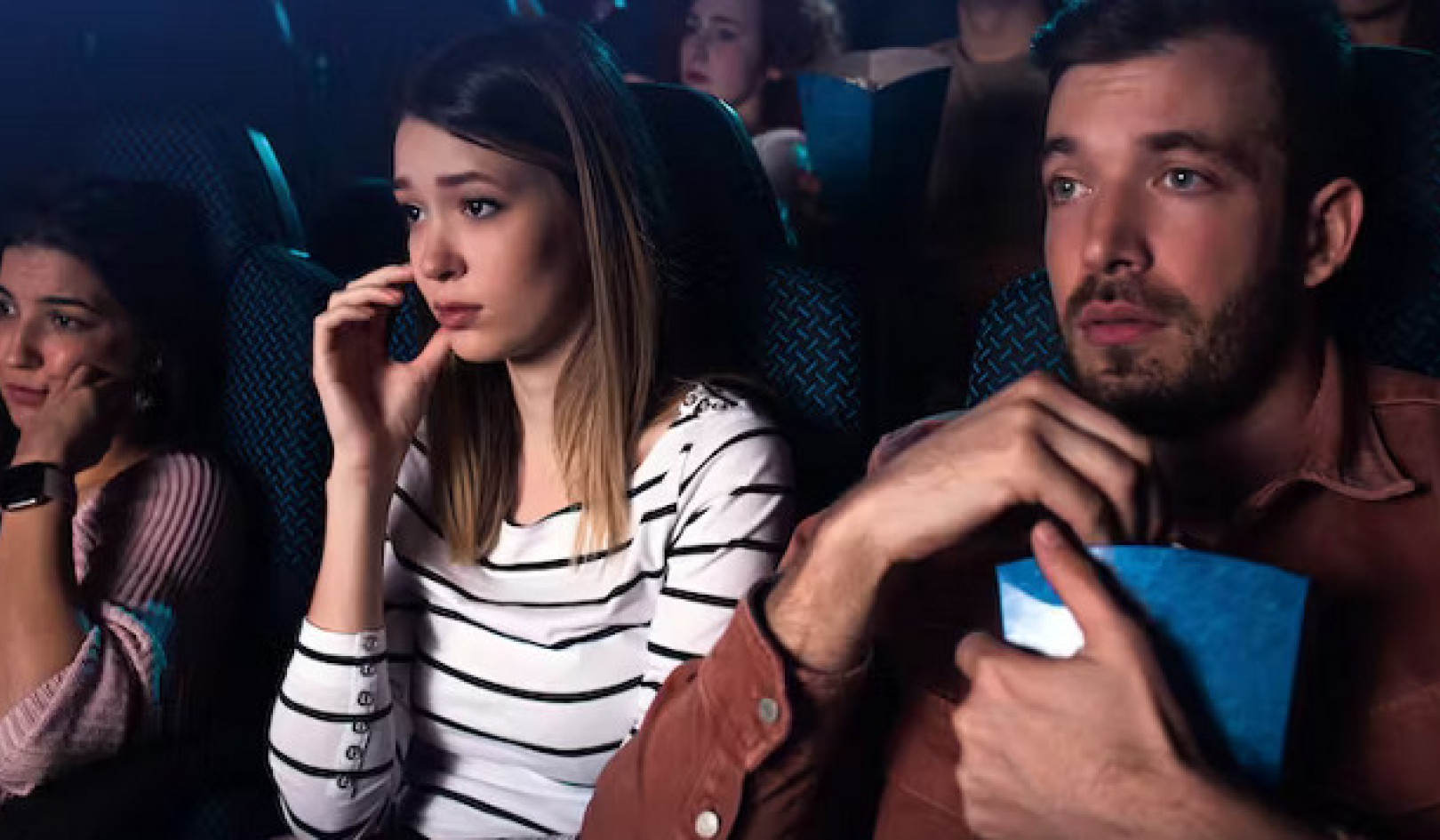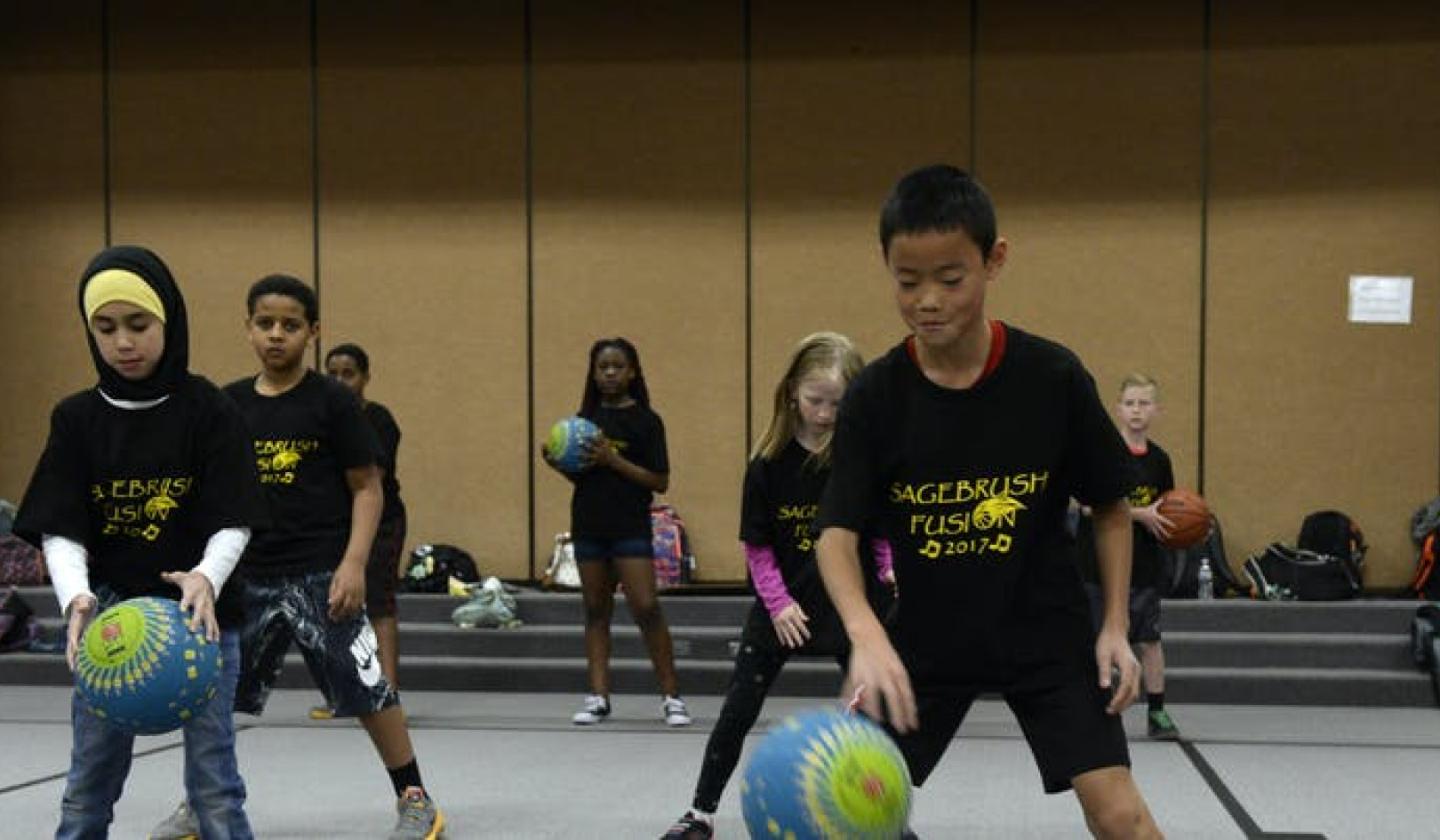
Lights, camera, learn! AaronAmat/iStock via Getty Images Plus
Many of the nation’s 57 million K-12 students will spend at least part of the 2020-2021 school year either dealing with distance learning or a hybrid model that keeps them out of classrooms several days a week. They’ll spend lots of time using teleconferencing software, with teachers either convening classes live or pre-recording lessons.
Getting children to excel won’t be easy. Zoom and similar programs can be challenging for teachers and boring for “digital natives” accustomed to watching more entertaining stuff on their devices.
Based on my experience both as a writer and a producer of films and TV shows in Hollywood and a lecturer at the University of Pittsburgh – where WQED, the nation’s first educational television station got started – I recommend four creative ways to overcome this problem. While challenging, this disruption in education can be a a unique opportunity for innovation.
{vembed Y=c470LB2gKcc}
The made-for-TV French class produced by WQED was an early attempt at accessible distance learning.
1. Tap star power
What if the producers, directors and writers who are skilled at explaining ideas visually over digital platforms – many of whom are currently sidelined because of the coronavirus pandemic – teamed up with teachers to make education more entertaining and engaging?
Having worked in both worlds, I can attest to how some TV and movie producers have no idea what a curriculum is, while even the best teachers and professors struggle to engage their own students with distance learning. But imagine a ground-up collaborative process, where educators who know the material they need to convey partner with the best storytellers who know how to get information across in the most compelling way?
Admittedly, it’s unclear where the funding might come from. But a burst of collaboration between educators, entertainment professionals and perhaps parents and students could create high-quality educational programs that could be accessed everywhere. The resulting online lessons could assist hundreds of thousands of educators and reach millions of students. Imagine the potential, especially if one or more networks or studios took part.
There have been some notable experiments along these lines such as Khan Academy enlisting basketball star Lebron James to illustrate probability. But what’s needed with the swift pivot to online education is a wide-scale collaboration to give teachers and students engaging educational materials.
Why not have comedian Dave Chappelle explain the theory of “Human Computation” developed by Luis Von Ahn, the Carnegie Mellon University computer science professor who co-founded the Duolingo foreign language learning app? Or how about a physics class with Billie Eilish singing a Schoolhouse Rock-style song about Einstein’s Theory of Relativity?
{vembed Y=iMqCSgqzmiQ}
Khan Academy enlisted LeBron James for a lesson about probability.
2. Unleash student creativity
The advertising company J. Walter Thompson and Snapchat together issued a report in 2019 called Into Z Future. It documented how the digitally adept generation born approximately between 1995 and 2012 is the most creative the world has ever seen.
Because I see the same kind of promise in today’s young people, I believe that schools should help unleash their creativity and encourage them to become active participants in making and sharing media as part of their learning experience.
I witnessed just how much students are capable of while producing a film about the development of the polio vaccine, “A Shot To Save The World.” It featured an interview with the philanthropist and Microsoft co-founder Bill Gates, talking about that important scientific breakthrough and today’s efforts to combat infectious diseases.
The film aired on the Smithsonian Channel and the BBC. We also used it as a prompt for a viral video competition called “Take A Shot At Changing The World.”
Students from middle and high schools across Western Pennsylvania were challenged to make their own short films about the development of vaccines. The winners and their schools got cash prizes and the Bill and Melinda Gates Foundation website featured their videos. In visually explaining how vaccines work, eighth-graders suddenly learned a lot about in virology and immunology.
The lesson for teachers thinking about remote assignments is the value of having students make their own movies. Those assignments, done right, immerse students in research. While gaining expertise, they acquire and sharpen creative skills that come naturally to their generation.
Steeltown, a nonprofit I co-founded, has been partnering with middle schools, high schools and nonprofits for more than a decade doing similar projects. Through hands-on, project-based learning, students have deepened their knowledge about the environment, history, hunger, social justice and other subjects aligned with their school assignments.
3. Tailor education to meet students’ needs
U.S. Math Olympiad coach Po-Shen Loh, another Carnegie Mellon professor, created a new learning platform called Expii. It customizes the way students learn by showing them various videos and tracking which ones they learn best from.
Several years ago, Loh and I enlisted high school students from across the Pittsburgh region to help make a video that would illustrate the Pythagorean Theorem. The students came up with a video of a kid who misses a bus and with a quick calculation involving a hypotenuse makes it to the next stop in plenty of time. It’s an example of how students are not only able to work through complex problems, but also help their peers learn – once they feel empowered.
Because people can learn differently, virtual instruction should be an opportunity to find what works best for each student.
{vembed Y=5pjnRjDNlyE}
Teen-produced videos can make mastering math more enjoyable.
4. Expand access to tech
Curiosity is increasingly important, as award-winning video game designer Jesse Schell has explained. “We have the entire field of human knowledge available at the touch of a button,” Schell said. It “gives the curious children an insane advantage because anything they would like to learn about they can learn, just like that.”
But Schell worries about what he calls a “curiosity gap”: When a child’s curiosity isn’t stimulated and they lack access to this digital universe, they can fall behind.
Providing all students with access to Wi-Fi and top-notch devices is starting to happen because of this pandemic, but this crisis could become a great equalizer. Even after COVID-19 is under control, I believe that every child who goes to school, whether in a brick-and-mortar building or from their own home, deserves access to the internet and their own iPad, laptop or desktop computer.
Just as TV stations are required by the Children’s Television Act to broadcast educational programs like “Bill Nye: The Science Guy” in exchange for their licenses, in my opinion, internet providers and other tech companies should also have to do more to help close the digital divide.![]()
About the Author
Carl Kurlander, Senior Lecturer, University of Pittsburgh
This article is republished from The Conversation under a Creative Commons license. Read the original article.


























